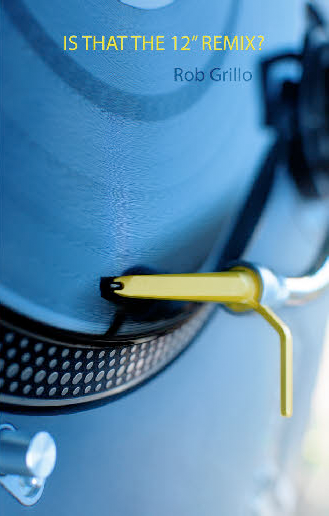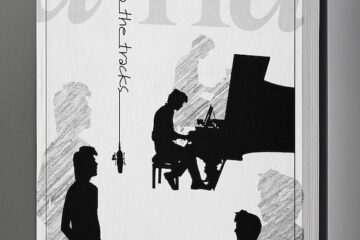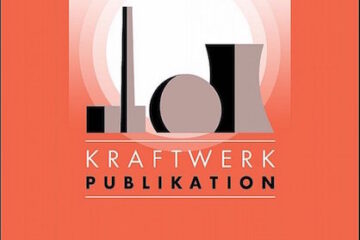The rise of the 12″ format – and an engaging exploration of the ’80s music scene
Rob Grillo’s 2010 book Is That The 12” Mix? acted as both a history of the rise of the 12″ format as well as a compelling memoir of his own experience growing up with music in 1980s Yorkshire.
Is That The 12″ Mix? managed to convey an educational exploration of the ’80s music scene with insight and humour, while deftly avoiding the traps of either using it as a soapbox or making errors in factual details. If there’s a key element here it’s the fact that Grillo knows his music, which gives him an informed view of a turbulent period in modern pop culture that has often been skewed by nostalgia.
Now Grillo has revisited the book and revised and expanded its contents for Is That The 12″ Remix? At its heart, the book is a history of the 12” format and the era that saw its rise to prominence. It marked a change in the way that record labels and artists alike approached chart music and resulted in some of the most iconic recordings by classic artists of their day.
During these formative years, the young Grillo would studiously tape songs off the radio, keeping detailed lists of the UK charts. It’s perhaps difficult for a post-80s audience to appreciate the determination and devotion of music fans during this pre-internet era. While today it’s a simple job to simply do a Google search for information on any music artist, record or label, the music fan in the pre-internet era relied on sheer dogged detective work on their own part. To some extent, this was augmented by the music press – then going through its most prolific era with the likes of Smash Hits, NME and Record Mirror at the peak of their powers – another element that Grillo covers in the book.
Along the way, Grillo also explores the history of HI-NRG and the rise of the Record Shack label in the early part of the 80s. It’s a period in time in which remixes played an important role in the emerging club scene of the time.
BUY NOW
But, as the book’s title suggests, the 12″ format also gave way to a new marketing strategy of remixes which were often designed to keep a record charting. It’s an era in which outfits such as Frankie Goes To Hollywood, New Order and Heaven 17 were in their prime and in which some of their best work was delivered in the 12” format.
While the book chiefly delivers Grillo’s personal (and encyclopaedic) view on the era, he also makes room for other voices, quizzing blog writers who all lend their own perspectives on the music of the 1980s. Along the way we also get commentary from the likes of Neil Tennant, Rusty Egan and Heaven 17’s Martyn Ware (who also provides the foreword to the book).
Pop culture has suffered in recent years with a troubling obsession with the past. It’s delivered from blogs, websites and other publications whose personal viewpoints struggle to contend with a post-80s music scene (unless it apes the music of that era) as well as a broader desire to reheat and repackage the past by record labels and film companies alike.
Grillo, however, manages to cleverly tell a story that makes no bones in telling a narrative that focuses on a vanished past, but also gives a very concise and shrewdly observed view on record formats and music industry practices as a whole.
Obviously there are a selection of music history books which offer a more analytical perspective of this period, but there’s very few that give it the personal touch that Grillo has brought to Is That The 12″ Remix?
This article originally appeared on the Wavegirl site.







